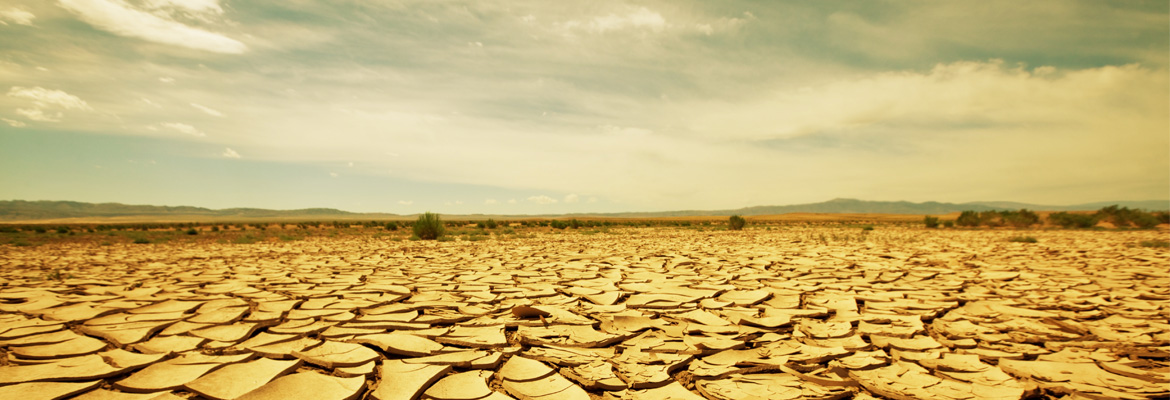In an article published in the prestigious Nature Communications journal, scientists analysed data from the recently published reconstruction of the European climate, the so-called Old World Drought Atlas, and they also studied the changing of the wet and dry periods in Europe.
The research has shown that over the last millennium, there have been a number of periods in which large areas became either extremely dry or extremely aqueous. “In the context of the ongoing debate about drought and its current effects, it is striking that in the last 90 years Europe has been the most humid in the millennium,” said lead researcher Yannis Markonis of the CZU Faculty of Environmental Sciences.
Upon looking closer, it turned out that the strengthening of so-called pluvials (i.e. periods extremely rich in water) was most pronounced in the north of Europe, and despite the overall positive trend, the south of Europe is rather dry and, for example, the 1942-1952 decade was historically the driest in the Mediterranean. This fact fits well with projections of the future climate, which point to a significant polarization of conditions. “Extreme droughts can occur, but in the long run, the last 100 years have seen above average rainfall, but water is inadequately distributed for us over time and space,” explained team member Martin Hanel of the CZU Faculty of Environmental Sciences.
Not only have hydro-climatic conditions reached their extremes in recent years and still persist in some areas, but the duration of this state is also unprecedented. “For example, the current pluvial in Scandinavia, Germany, France and the Great Britain has lasted nearly 100 years. On the other hand, Central Europe experienced a steep return to drier conditions,” Martin Hanel said.
A significant role in the described processes can be attributed to changes in typical atmospheric flow and temperature. “The relationships between atmospheric circulation, temperature, drought and pluvials are not satisfactorily-described in the long term. However, it is clear that what we consider to be normal at present and in the context of observed values is, in fact, the extreme,” says Yannis Markonis.
The article is available for download here.
Associate Professor Martin Hanel spoke about this topic for example in an interview for Seznam news, and Czech television also dealt with the topic in an article. Czech Radio also focused on the study, and the interview and article are available on the iRozhlas.cz website.

